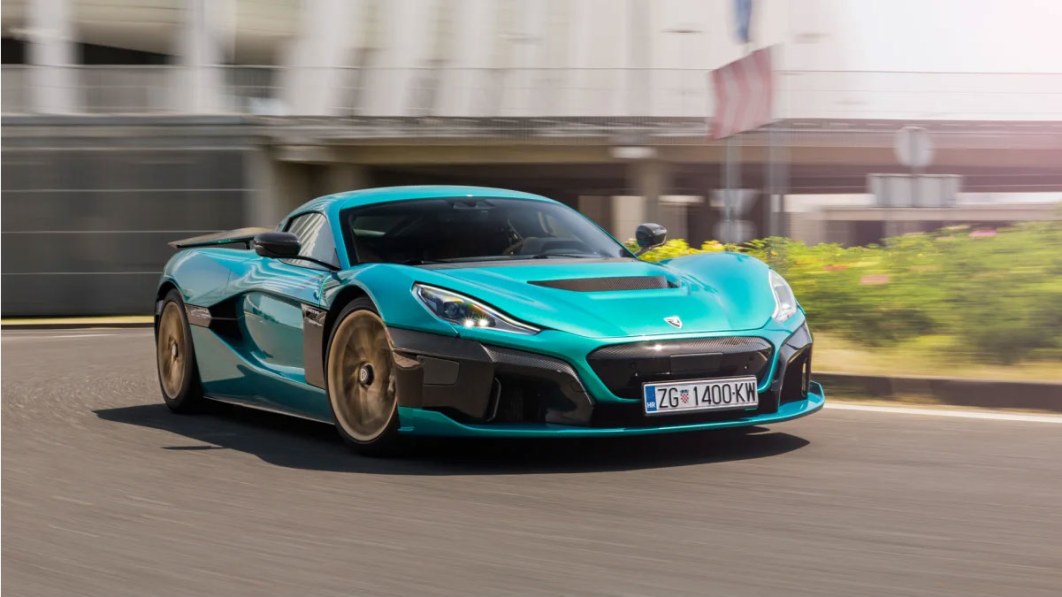Why the Electric Hypercar Market is Losing Its Spark: Insights Revealed

In the world of ultra-high-performance vehicles, the electric hypercar has represented the pinnacle of cutting-edge technology and blistering speed. Yet, despite their awe-inspiring capabilities, these electric behemoths are witnessing a surprising downturn in demand. The Rimac Nevera, a powerhouse with an astonishing 1,914 horsepower, serves as a prime example. Limited to a mere 150 units, the Nevera has seen only about a third of its production spoken for since its grand unveiling in 2021.
The backdrop to this decline is complex, rooted deeply in the changing dynamics of consumer preference and regulatory landscapes. The electric vehicle (EV) market, once a niche sector heralding the future of mobility, has burgeoned into mainstream acceptance. With electrification mandates sweeping across Europe and EV offerings becoming almost ubiquitous among automakers, the once-revolutionary appeal of electric hypercars is diminishing.
Mate Rimac, the visionary behind the Rimac Nevera, voiced his observations candidly at the Financial Times Future of the Car conference in London. He pinpointed the origin of the cooling interest to an overzealous regulatory push towards electrification, which has inadvertently soured the public’s perception. This 'forced application' of electric technology is driving high-net-worth individuals, the primary market for hypercars, towards traditional gasoline engines.
Despite the superior performance metrics of electric hypercars — often outpacing their gasoline counterparts in acceleration and power — the sheer abundance of electric technology seems to be their undoing. Companies like Pininfarina and Lotus, with their Battista and Evija models, respectively, are facing similar headwinds. The quest for a sub-two-second zero-to-sixty sprint is no longer sufficient to captivate buyers who yearn for the analog allure of gasoline-driven engines.
The insight from Rimac goes further, comparing the scenario to high-tech wearables like the Apple Watch. While capable of performing thousands of tasks with precision, a $200,000 price tag on an Apple Watch would be ludicrous to most. This analogy encapsulates the growing sentiment around electric hypercars: superior capability alone doesn’t justify their steep price tags in the eyes of their affluent clientele.
Even industry titans are taking note. The revelation that Bugatti’s Chiron successor will eschew an electric drivetrain in favor of a new V16 engine underscores a broader industry reevaluation. Rimac’s ownership stake in Bugatti reveals a pragmatic approach to meeting market demand, albeit with a continued commitment to electrification. The company is exploring alternative drivetrain technologies, including an intriguing nanotube-powered system, as it navigates the shifting dynamics.
The future of electric hypercars appears to hang in the balance. As regulatory environments evolve and consumer preferences shift, the quest for electrification faces new challenges. For Rimac and its contemporaries, the journey ahead is not about forsaking electric technology but about innovating and delivering unparalleled experiences that transcend propulsion methods.
In conclusion, the downturn in demand for electric hypercars reflects a broader dialogue on the role of innovation, consumer choice, and the future of luxury motoring. As the industry grapples with these questions, one thing remains clear: the road ahead will be as electrifying as it is unpredictable.